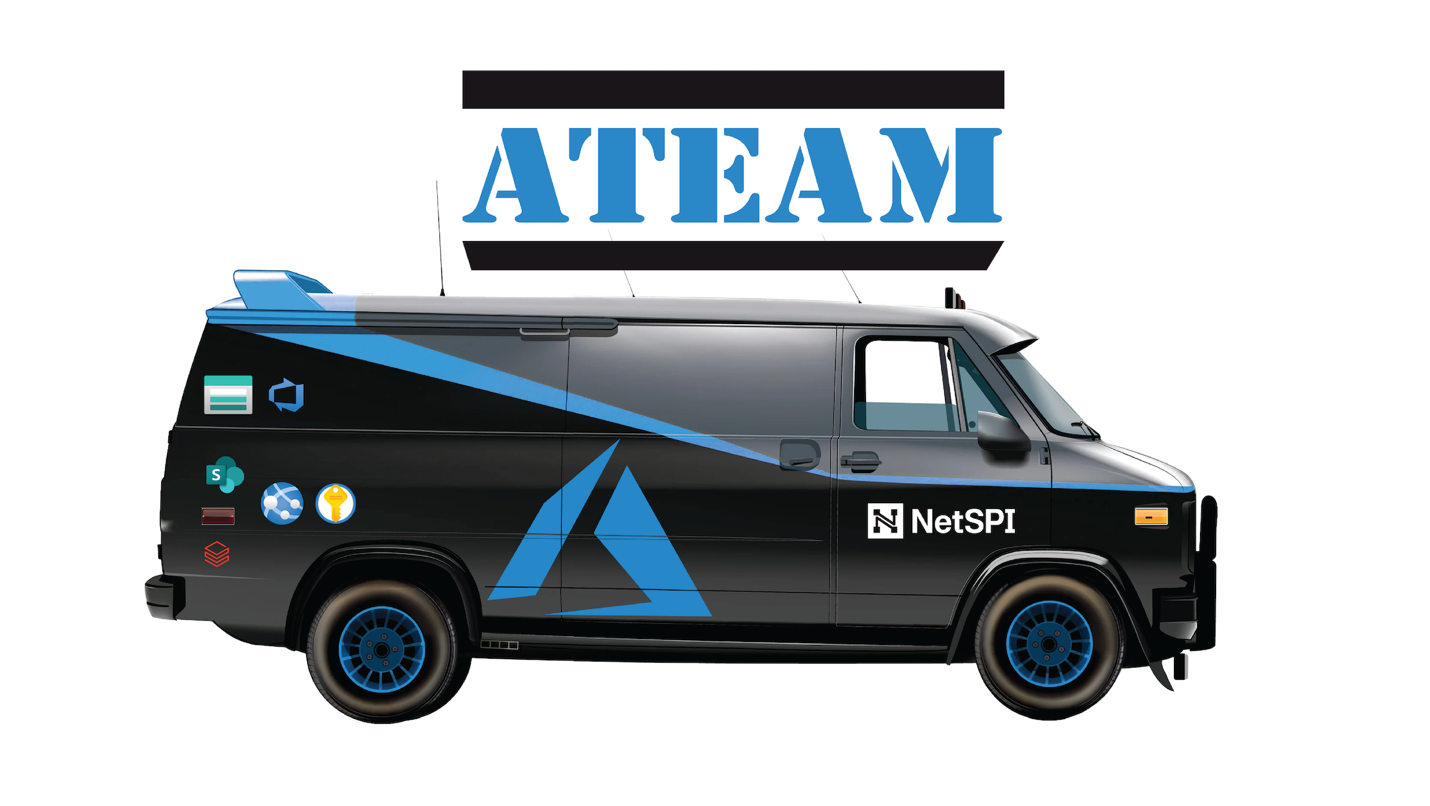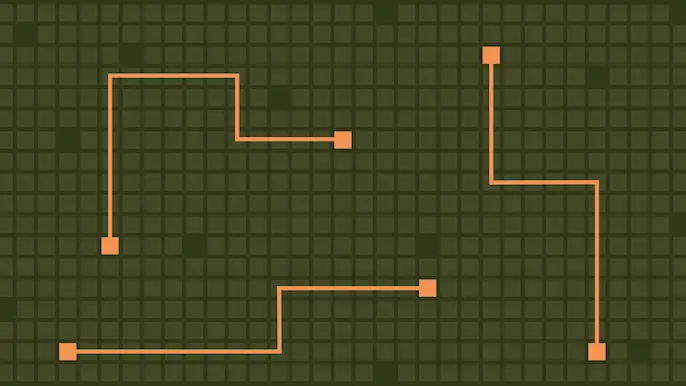
Hack Responsibly
Browse Hack Responsibly, a technical blog by The NetSPI Agents. Dive deep into the latest CVEs and vulnerabilities our team uncovers, and how we help NetSPI customers protect against the most important threats today.
Our Favorite Picks

Pew Pew, Precisely: The Physics and Practices Behind RayV Lite
NetSPI’s Hardware Penetration Testing Team demonstrates that with a limited budget and hacker-and-maker mentality, similar results can be obtained at a fraction of the cost, from the comfort of your home or garage.

We Know What You Did (in Azure) Last Summer
At DEF CON 33, NetSPI presented a talk about how Azure resources supporting Entra ID authentication expose tenant IDs, enabling attackers to attribute cloud resources to specific organizations at scale.

15 Ways to Bypass the PowerShell Execution Policy
NetSPI security expert Scott Sutherland covers 15 ways to bypass the PowerShell execution policy without having local administrator rights on the system.

Decrypting VM Extension Settings with Azure WireServer
The Azure WireServer service provides configuration data to Azure Virtual Machines. Join us as we walkthrough the process of decrypting that data to find sensitive information.

We Know What You Did (in Azure) Last Summer
At DEF CON 33, NetSPI presented a talk about how Azure resources supporting Entra ID authentication expose tenant IDs, enabling attackers to attribute cloud resources to specific organizations at scale.

Automating Azure App Services Token Decryption
Discover how to decrypt Azure App Services authentication tokens automatically using MicroBurst’s tooling to extract encrypted tokens for security testing.

CVE-2025-4660: Forescout SecureConnector RCE
Learn about the high-risk RCE vulnerability in Forescout SecureConnector allows attackers to turn security agents into C2 channels.

Detecting Authorization Flaws in Java Spring via Source Code Review (SCR)
Discover how secure code review catches privilege escalation vulnerabilities in Java Spring apps that pentests miss – identify insecure patterns early.

Set Sail: Remote Code Execution in SailPoint IQService via Default Encryption Key
NetSPI discovered a remote code execution vulnerability in SailPoint IQService using default encryption keys. Exploit details, discovery methods, and remediation guidance included.

Extracting Sensitive Information from Azure Load Testing
Learn how Azure Load Testing’s JMeter JMX and Locust support enables code execution, metadata queries, reverse shells, and Key Vault secret extraction vulnerabilities.

CVE-2025-26685 – Spoofing to Elevate Privileges with Microsoft Defender for Identity
Discover how NetSPI uncovered and reported a vulnerability in Microsoft Defender for Identity that allowed unauthenticated attackers to perform spoofing and elevate privileges.

Pew Pew, Precisely: The Physics and Practices Behind RayV Lite
We began with a simple question: could laser fault injection be democratized? Our answer is a resounding yes. With back-of-the-envelope physics, modest optics, and basic spare parts, we created a replicable, low-cost method for laser-based hardware attacks.

CVE-2025-23009 & CVE-2025-23010: Elevating Privileges with SonicWall NetExtender
NetSPI discovered multiple arbitrary SYSTEM file delete vulnerabilities in SonicWall NetExtender for Windows. Learn how NetSPI discovered and leveraged these for local privilege escalation.

Getting Shells at Terminal Velocity with Wopper
This article introduces Wopper – a new NetSPI tool that creates self-deleting PHP files and automates code execution on WordPress using administrator credentials.

CVE-2025-21299 and CVE-2025-29809: Unguarding Microsoft Credential Guard
Learn more about the January 2025 Patch Tuesday that addresses a critical vulnerability where Kerberos canonicalization flaws allow attackers to bypass Virtualization Based Security and extract protected TGTs from Windows systems.

